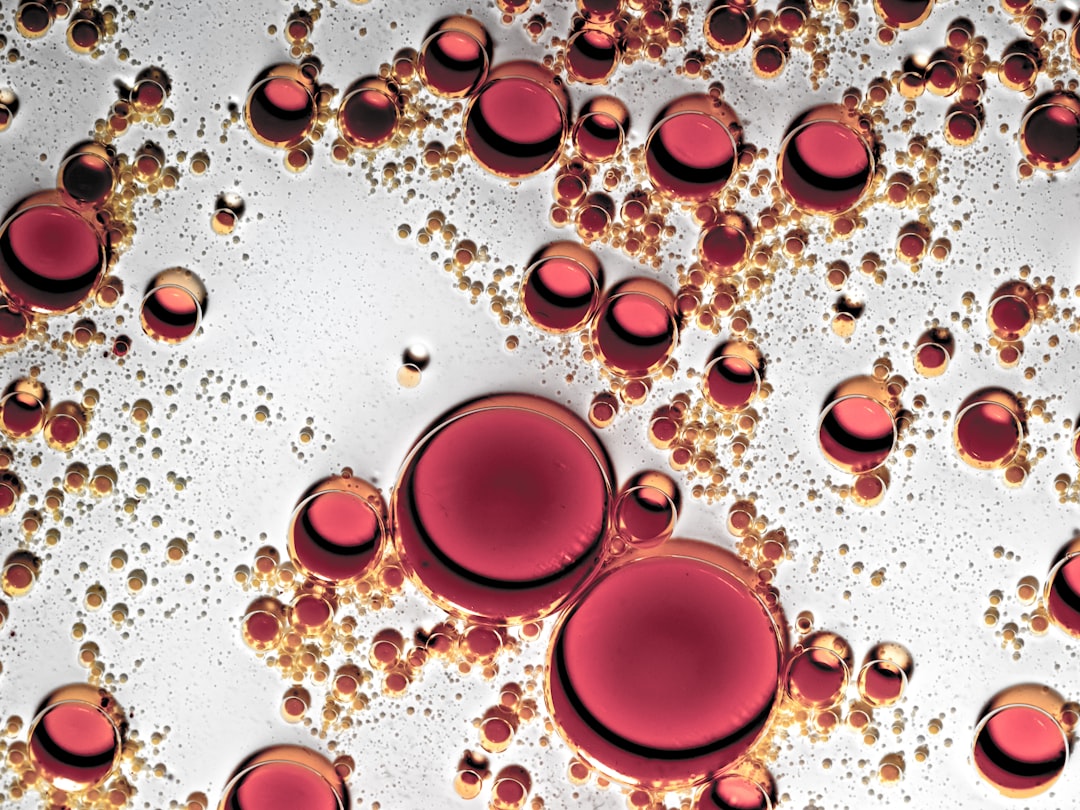Color theory is a fundamental concept in art and design that explores the effects and relationships of colors. Artists use color not just for its aesthetic appeal, but also to convey emotions and messages to their viewers. Understanding how colors interact and influence our feelings can deepen our appreciation of art and allow us to interpret and respond to it more effectively.
Color is a powerful tool that artists use to evoke emotions and convey meaning in their work. Different colors have different psychological effects on the viewer and can elicit a wide range of emotions, from tranquility and warmth to fear and anxiety. By understanding how colors can be combined and manipulated, artists can create powerful visual compositions that resonate with their audience on a deeper level.
One of the most well-known color theories is the color wheel, which is a circular arrangement of colors that shows the relationships between primary, secondary, and tertiary colors. The primary colors – red, blue, and yellow – are the building blocks of all other colors and cannot be created by mixing other colors together. Secondary colors are created by mixing two primary colors together, while tertiary colors are created by mixing a primary color with a secondary color.
Complementary colors are pairs of colors that are opposite each other on the color wheel, such as red and green or blue and orange. When placed next to each other, complementary colors create a strong contrast that can make a painting or image more vibrant and dynamic. Analogous colors, on the other hand, are colors that are next to each other on the color wheel and create a sense of harmony and unity when used together.
Another important aspect of color theory is the psychological effects that different colors can have on the viewer. For example, warm colors like red, orange, and yellow are often associated with energy, passion, and excitement, while cool colors like blue, green, and purple are often associated with calmness, tranquility, and serenity. Artists can use these associations to evoke specific emotions or moods in their work, depending on the message they want to communicate.
In addition to the individual colors themselves, artists also pay attention to the overall color scheme or palette of their work. A monochromatic color scheme uses variations of a single color to create a harmonious and unified composition, while a complementary color scheme uses colors that are opposite each other on the color wheel to create a bold and dynamic contrast. Artists can also use analogous or triadic color schemes to create different effects and moods in their work.
Understanding color theory can help artists create more powerful and effective compositions that resonate with their viewers on an emotional level. By carefully choosing and combining colors, artists can enhance the mood, tone, and message of their work, creating a visual experience that goes beyond just what is seen on the surface. Whether creating a painting, sculpture, or graphic design, the use of color is an essential element in the artist’s toolbox.
In conclusion, color theory is a fundamental concept in art that explores the effects and relationships of colors. By understanding how colors interact and influence our emotions, artists can create powerful visual compositions that resonate with their viewers on a deeper level. Whether using complementary colors to create a dynamic contrast or monochromatic colors to create a harmonious composition, artists can use color to evoke specific emotions and convey meaning in their work. Next time you view a piece of art, take a moment to consider the colors used and how they make you feel – you may be surprised at the emotional depth and complexity that color can add to a work of art.


